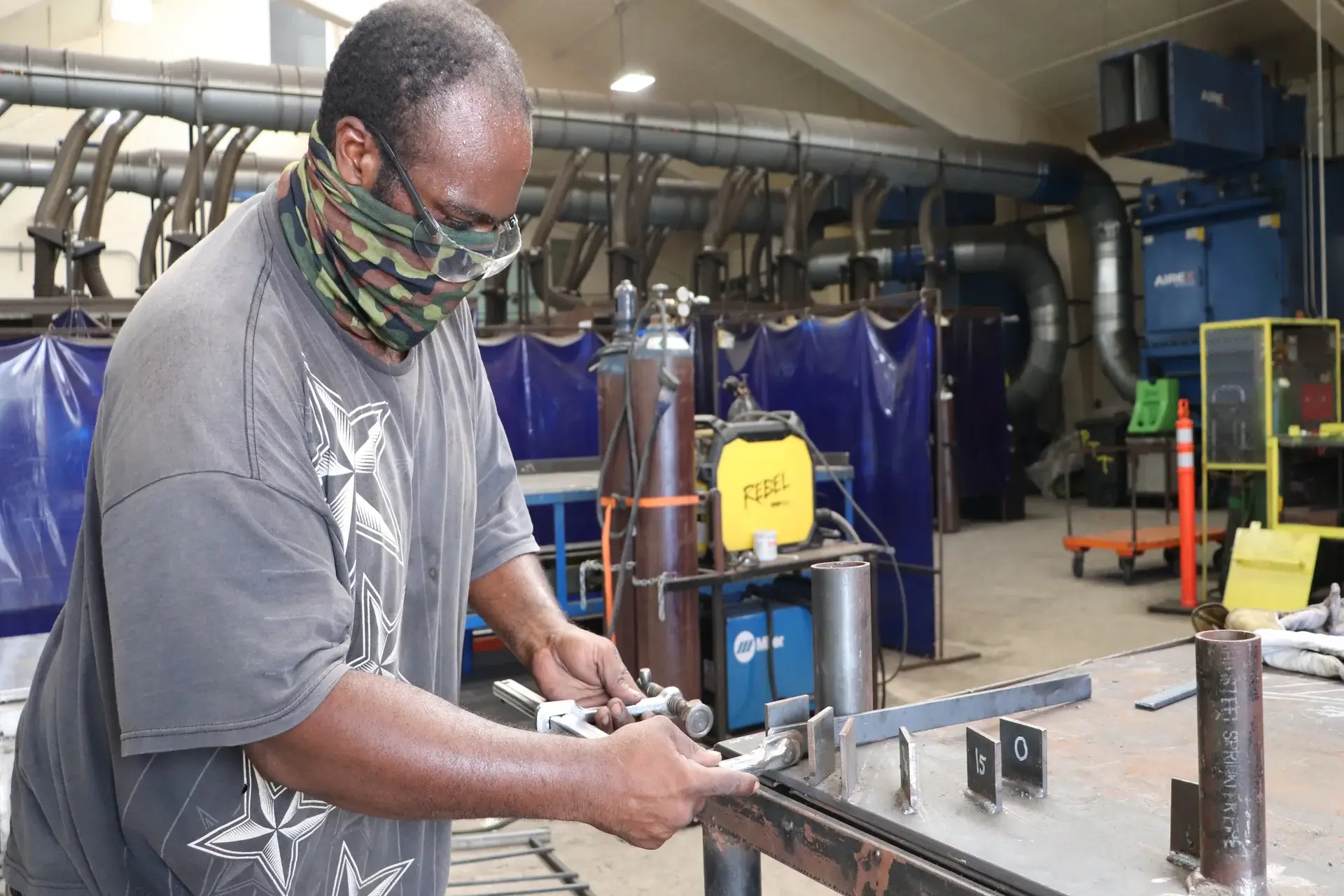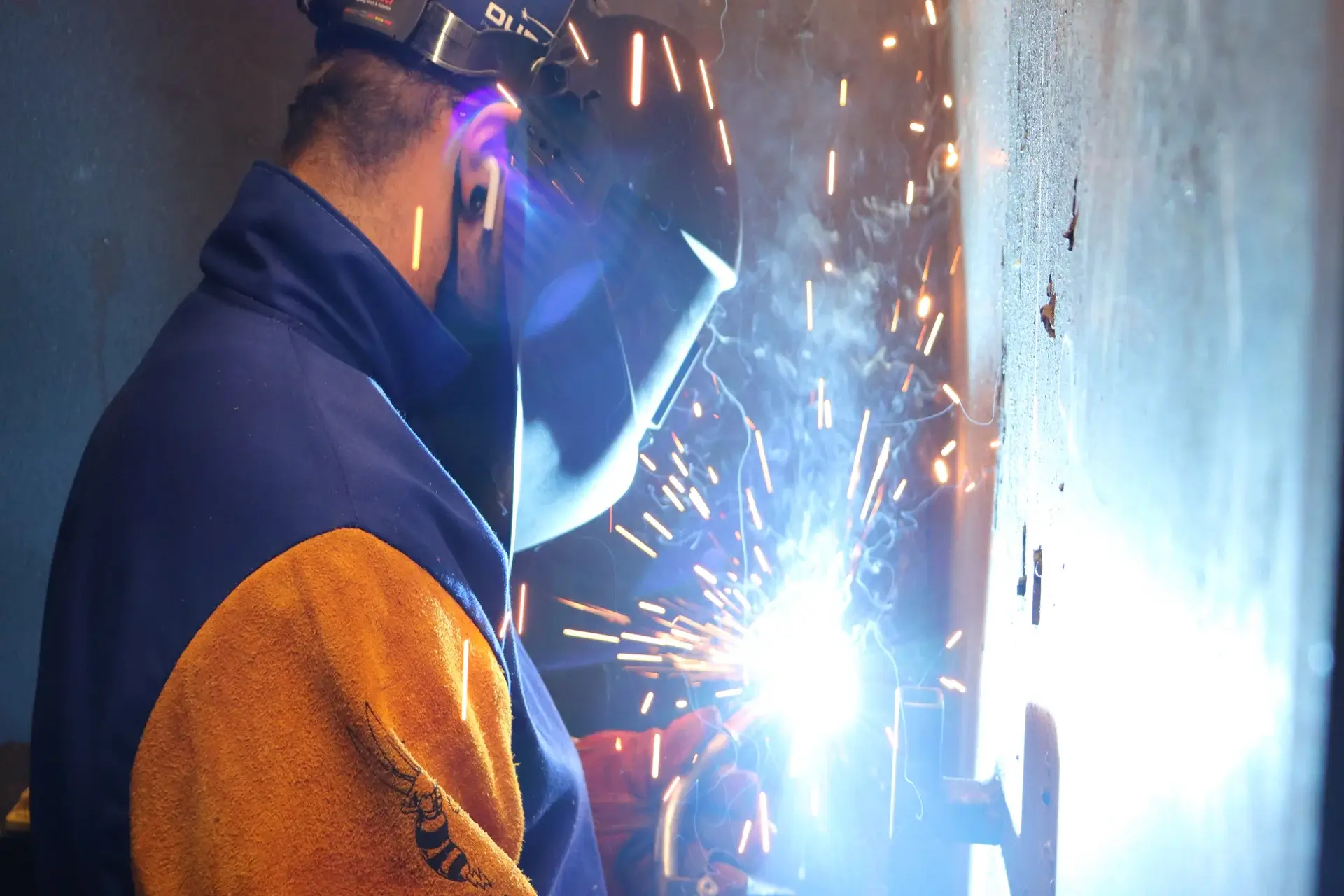4 Popular Types Of Welding Procedures
Working with metal is both empowering and exciting. As the sparks drift and the heat ploughs, welders can alter some of the world’s strongest and most durable materials into shapes and products that they envision. The popular types of welding procedures that welders use require a high level of expertise. The advanced types of welding procedures give welders the ability to create metal structures that are essential to live life smoothly.
Welding skills mandate work and practice to acquire, and it is best learned with the assistance and guidance of industry professionals.
Learning the loops of new trade can be time-consuming. You are required to become friendly with the whole working process from beginning to end and master each level before moving on. This awareness of detail is what gives rise to a great welder and a more adaptable potential employee.
Types Of Welding
Gas Metal Arc Welding (GMAW/MIG)
This welding type is also associated with
Metal Inert Gas
(MIG). It uses a shielding gas along the wire electrode, which heats the 2 metals to be joined. This
metal welding needs a constant voltage and direct-electricity source and is the most common industrial welding procedure that contains a plate and large bore pipe.
The GMAW/MIG welding process uses four primary methods of metal transfer:
- The globular transfer generates a rougher weld bead because of metal droplet length and the disposition for spattering. This technique is useful for welding heavy metal plates in horizontal positions.
- Short-circuiting jobs, as the name implies, the welding cord contacts the base metal in rapidly repeated tapping techniques many times per second. Because small spattering is created in the process, this technique can be used in many welding positions.
- Spray Transfer small droplets of molten metal in such a constant fashion that it retains a steady-contact arc weld during the method. Even though this procedure produces tiny splatter, it is adequately used on horizontal articles that are heavy and flat.
- The pulsed spray is extremely identical to Spray Transfer but utilizes a high-low current pulse to allow micro-cooling intervals. Because of this kind of delivery, this process can be utilized on a wide diversity of metal plate densities, and in nearly all welding positions.

Note that when we use the word “cooling” when interpreting pulsed spray, the temperature used to deliver a cooler weld is several thousand degrees Fahrenheit. It is only considered cooler compared to the high-voltage fraction of the cycle. All welding types use extremely high temperatures.
Gas Tungsten Arc Welding (GTAW/TIG)
Welding together large sections of stainless steel or metals is extensively common for this technique. It is an arc-welding procedure that uses a fixed consumable tungsten electrode to create the weld. This
welding repair technique is much more time consuming than MIG Stick ( Flux Cored ) Arc Welding.
The melting point of
non-ferrous metals
differs greatly, so care must be taken in recognizing the composition of the base metal. Stainless Steel and Steel both have a composition of Iron. Still, to be considered Stainless Steel, the metal must include at least 11% Chromium. Carbon Steel melts in the two thousand five hundred to two thousand eight hundred degrees Fahrenheit range.
The presence of eleven percent chromium in stainless steel limits that temperature range to the 2,750+/- degree Fahrenheit mark. But nothing shows welding skills more than the detailed ability to Gas Tungsten Arc Weld. This skill takes a smooth hand, trained eye, and experienced touch to create a smooth, amazing weld.

Shielded Metal Arc Welding (SMAW)
With this type of
welding work, the welder follows a physical procedure or stick welding. The stick utilizes an electric current to create an arc between the stick and the metals to be joined.
This is frequently used in building steel structures and industrial fabrication to weld iron, steel and trying the open V-Groove when welding with a delicate steel pipe.
The welder must be qualified to weld to a level in which their job can pass a violent type of bend test. While shielded metal arc welding is used to assemble carbon steel, alloyed steels, stainless steel, cast iron, and ductile iron, it can also be utilized for some non-ferrous metals like Nickel and Copper. It is hardly used on Aluminum.
Flux Cored Arc Welding (FCAW)
This was formulated as an alternate option to shield welding. The semi-automatic arc weld is constantly used in construction programs, thanks to its high welding velocity and portability. This method has many variables making it applicable in a variety of welding programs being handled by
welding technicians. Variables often believe in the model of welder being used, and what kind of wire was selected for the application.
The flexibility is expanded by the many operating angles, voltage degrees, polarity used, as well as the velocity of the wire feed. Due to the potential of rapidly welding speeds, the recently joined metal cools quicker. If the welding artisans use flux-cored wire, they must be on the lookout for porosity in the welded junction.
Flux Cored Arc Welding is satisfactorily used in either outdoor settings or under industrial ventilation lids, due to the quantity of smoke and vapours created during the welding procedure.
Tags: Metal welding, Welding repair, Welding technicians, welding work